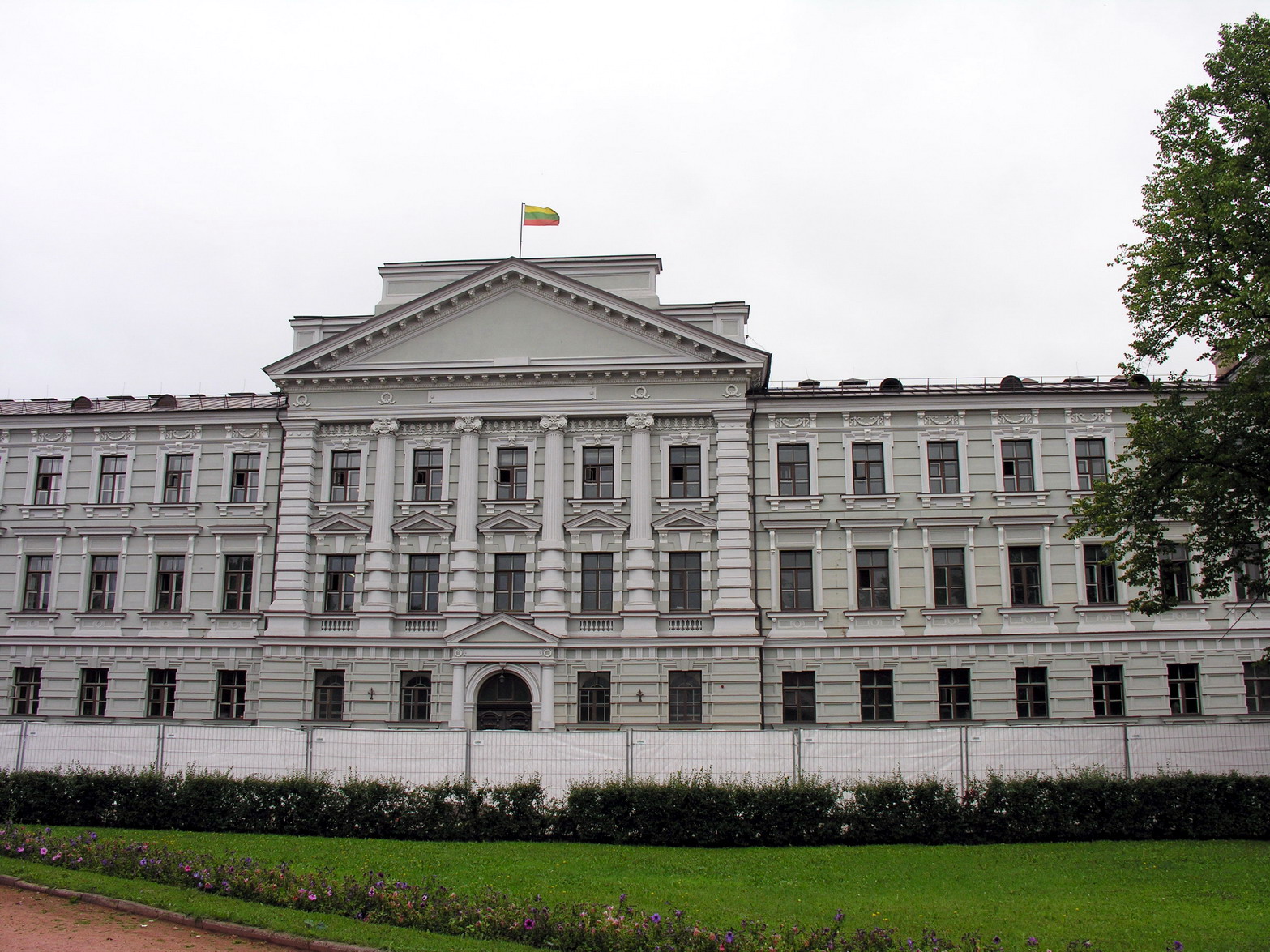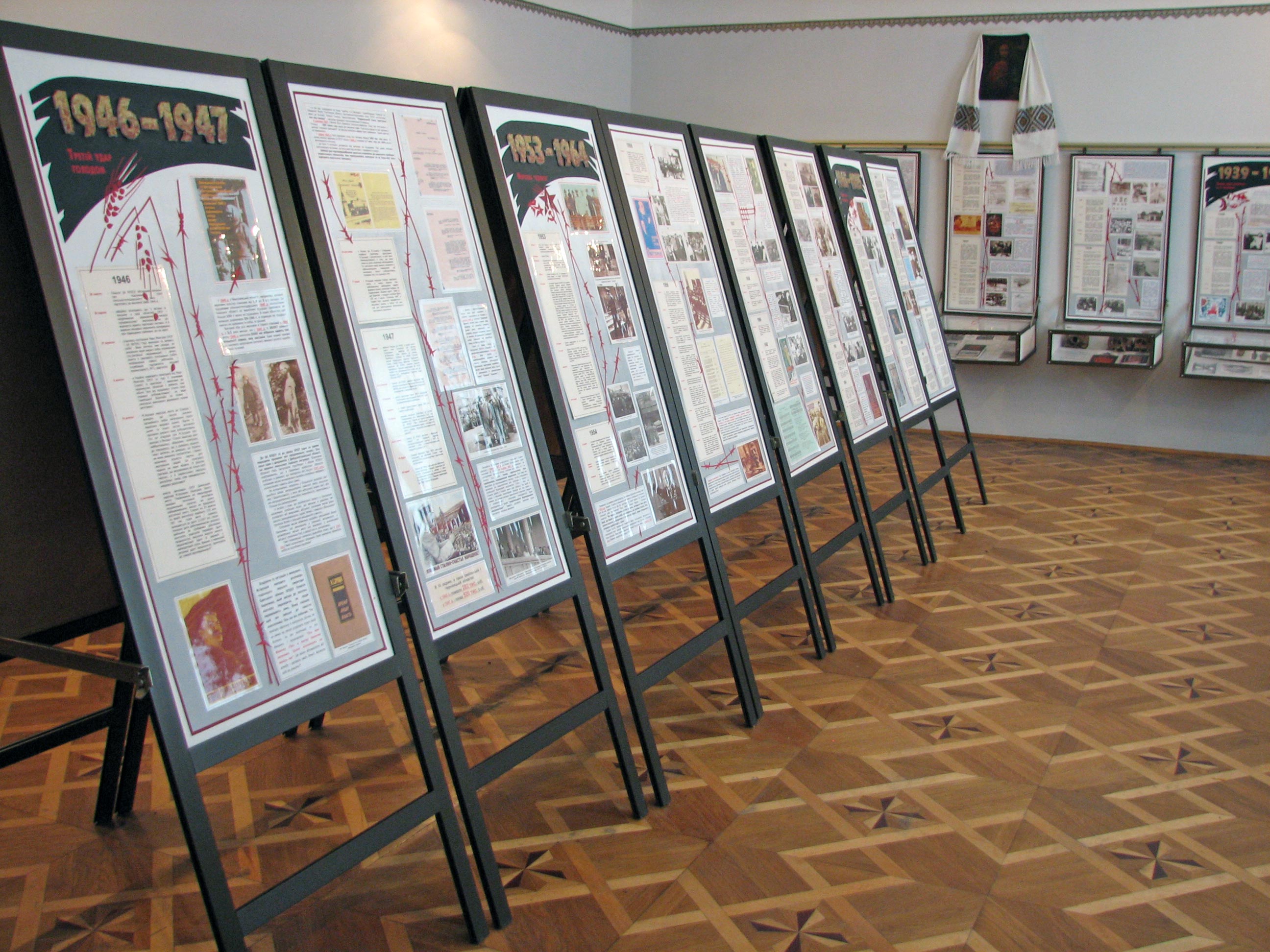|
Museum Of Soviet Occupation (other)
Museum of Soviet occupation may refer to: * Museum of the Occupation of Latvia * Museum of Occupations and Freedom Fights (Lithuania) * Museum of Soviet Occupation, Kyiv (Ukraine) * Museum of Soviet Occupation (Tbilisi) (Georgia) * Muzeul Memoriei Neamului Muzeul Memoriei Neamului (Romanian language, Romanian; ''Museum of National Memory'') is a private museum in Chișinău, Moldova, dedicated to the victims of the Soviet occupation of Bessarabia and Northern Bukovina, and commemorating anti-commun ... (Moldova) * Vabamu Museum of Occupations and Freedom (Estonia) {{disambig ... [...More Info...] [...Related Items...] OR: [Wikipedia] [Google] [Baidu] |
Museum Of The Occupation Of Latvia
The Museum of the Occupation of Latvia ( lv, Latvijas Okupācijas muzejs) is a museum and historic educational institution located in Riga, Latvia. It was established in 1993 to exhibit artifacts, archive documents, and educate the public about the 51-year period in the 20th century when Latvia was successively occupied by the USSR in 1940–1941, then by Nazi Germany in 1941–1944, and then again by the USSR in 1944–1991. Official programs for visits to Latvia of top level representatives of other countries normally include a visit to the Museum of the Occupation. The institution also operates an exhibition in the Corner House - the former KGB headquarters in Riga. After 10 years of reconstruction work, a new permanent exhibition was opened to the public on June 1, 2022. A day before the exhibition was attended by the President of Latvia, Egils Levits, and the Minister of Culture, Nauris Puntulis. History The museum was established in 1993 after Paulis Lazda, a Hist ... [...More Info...] [...Related Items...] OR: [Wikipedia] [Google] [Baidu] |
Museum Of Occupations And Freedom Fights
The Museum of Occupations and Freedom Fights ( lt, Okupacijų ir laisvės kovų muziejus) in Vilnius, Lithuania, was established in 1992 by order of the Minister of Culture and Education and the president of the Lithuanian Union of Political Prisoners and Deportees. In 1997, it was transferred to the Genocide and Resistance Research Centre of Lithuania. The museum is located in the former KGB headquarters across from the Lukiškės Square and is informally referred to as the KGB Museum. The museum is dedicated mostly to collecting and exhibiting documents relating to the 50-year occupation of Lithuania by the Soviet Union, the anti-Soviet Lithuanian partisans, and the victims of the arrests, deportations, and executions that took place during this period. Before 2018, the museum was known as the Museum of Genocide Victims, reflecting a broadened definition of the ''genocide'' used by the Genocide and Resistance Research Centre. Although these events are considered a genocide ... [...More Info...] [...Related Items...] OR: [Wikipedia] [Google] [Baidu] |
Museum Of Soviet Occupation, Kyiv
The Museum of Soviet occupation ( ua, Музей радянської окупації, ''Muzei radianskoi okupatsii'') in Kyiv, Ukraine, is devoted to portraying the crimes of the Soviet regime in Ukraine from 1917 to 1991. It was established in November 2001 by the Vasyl Stus branch of Memorial Society as an exhibition "Not to be forgotten: The Chronicle of Communist inquisition." Between 2001 and 2007, the exposition grew into a full-fledged museum. On May 30, 2007, it received its current name. History of the museum In November 2001, the Vasyl Stus branch of Memorial Society established on its premises an exhibition titled "Not to be forgotten: The Chronicle of Communist inquisition." Documents, photographs and posters made up the initial items of the exposition. These were gathered by the Memorial branch in Ukraine and by sister-organizations in Russia. Among the most interesting exposee items is a large map of Soviet concentration camps in Ukraine created during th ... [...More Info...] [...Related Items...] OR: [Wikipedia] [Google] [Baidu] |
Museum Of Soviet Occupation (Tbilisi)
A museum ( ; plural museums or, rarely, musea) is a building or institution that cares for and displays a collection of artifacts and other objects of artistic, cultural, historical, or scientific importance. Many public museums make these items available for public viewing through exhibits that may be permanent or temporary. The largest museums are located in major cities throughout the world, while thousands of local museums exist in smaller cities, towns, and rural areas. Museums have varying aims, ranging from the conservation and documentation of their collection, serving researchers and specialists, to catering to the general public. The goal of serving researchers is not only scientific, but intended to serve the general public. There are many types of museums, including art museums, natural history museums, science museums, war museums, and children's museums. According to the International Council of Museums (ICOM), there are more than 55,000 museums in 202 cou ... [...More Info...] [...Related Items...] OR: [Wikipedia] [Google] [Baidu] |
Muzeul Memoriei Neamului
Muzeul Memoriei Neamului (Romanian language, Romanian; ''Museum of National Memory'') is a private museum in Chișinău, Moldova, dedicated to the victims of the Soviet occupation of Bessarabia and Northern Bukovina, and commemorating anti-communism, anti-communist resistance in the region. Overview Founded by the former political prisoner and dissident Vadim Pirogan, the museum is located on ''str. Costache Negruzzi no 4'' and is supported by the Association of the Victims of the Communist Regime and of the War Veterans of the Romanian Army, a Moldovan Non-governmental organization, NGO. In the 1990s, Mihai Ursache, a member in the 1940s of the resistance organization "Arcașii lui Ștefan" in occupied Bessarabia, founded a small museum in two rooms at 52 Kogălniceanu Street. The association was disbanded and its exhibits stored in the basement of the National History Museum. After 3–4 years, Vadim Pirogan, a former political prisoner condemned by the Soviets in 1941 to f ... [...More Info...] [...Related Items...] OR: [Wikipedia] [Google] [Baidu] |

